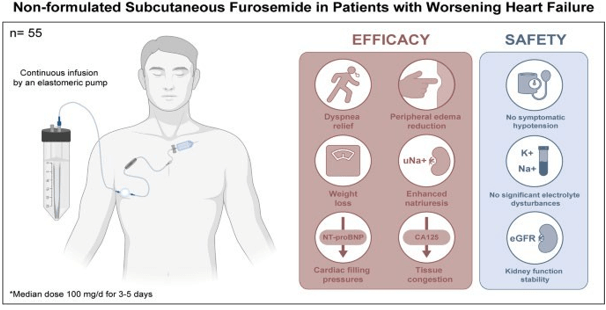A nurse is preparing to administer morphine 30 mg PO to a client who reports pain. Available is morphine solution 20 mg/mL. How many mL should the nurse administer? (Round the answer to the nearest tenth. Use a leading zero if it applies. Do not use a trailing zero.)
The Correct Answer is ["1.5"]
To calculate the required mL of morphine solution needed to administer 30 mg of morphine orally (PO), you can use the following formula:
Volume (in mL) = Amount (in mg) / Concentration (in mg/mL)
In this case, the amount of morphine is 30 mg, and the concentration of the morphine solution is 20 mg/mL.
Volume (in mL) = 30 mg / 20 mg/mL
Volume (in mL) = 1.5 mL
Therefore, the nurse should administer 1.5 mL of the morphine solution to deliver 30 mg of morphine to the client orally.
Nursing Test Bank
Naxlex Comprehensive Predictor Exams
Related Questions
Correct Answer is A
Explanation
a. Verify the medication three times with the medication administration record.
When administering oral medications, the nurse should verify the medication three times with the medication administration record to ensure that the correct medication is being given to the correct client at the correct time. This is known as the "three checks" and is an important step in preventing medication errors.

Correct Answer is B
Explanation
b. Increased urinary output.
Furosemide is a diuretic medication that helps remove excess fluid from the body by increasing urine production and output. In a client with heart failure, one of the indicators that the medication is effective is an increase in urinary output. This can help reduce fluid buildup in the body, which can improve symptoms of heart failure.

Whether you are a student looking to ace your exams or a practicing nurse seeking to enhance your expertise , our nursing education contents will empower you with the confidence and competence to make a difference in the lives of patients and become a respected leader in the healthcare field.
Visit Naxlex, invest in your future and unlock endless possibilities with our unparalleled nursing education contents today
Report Wrong Answer on the Current Question
Do you disagree with the answer? If yes, what is your expected answer? Explain.
Kindly be descriptive with the issue you are facing.
